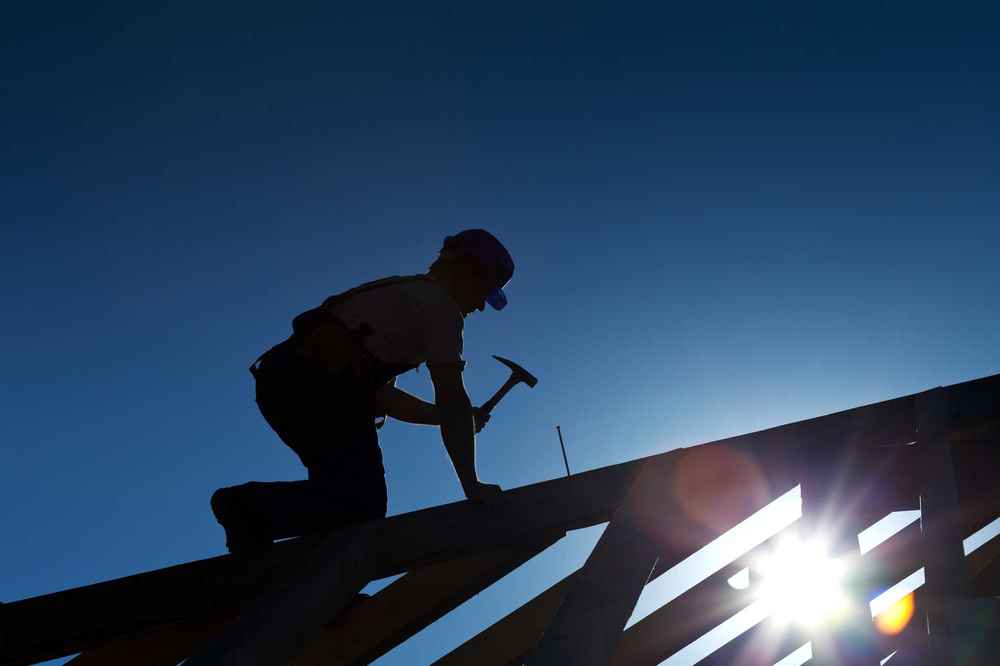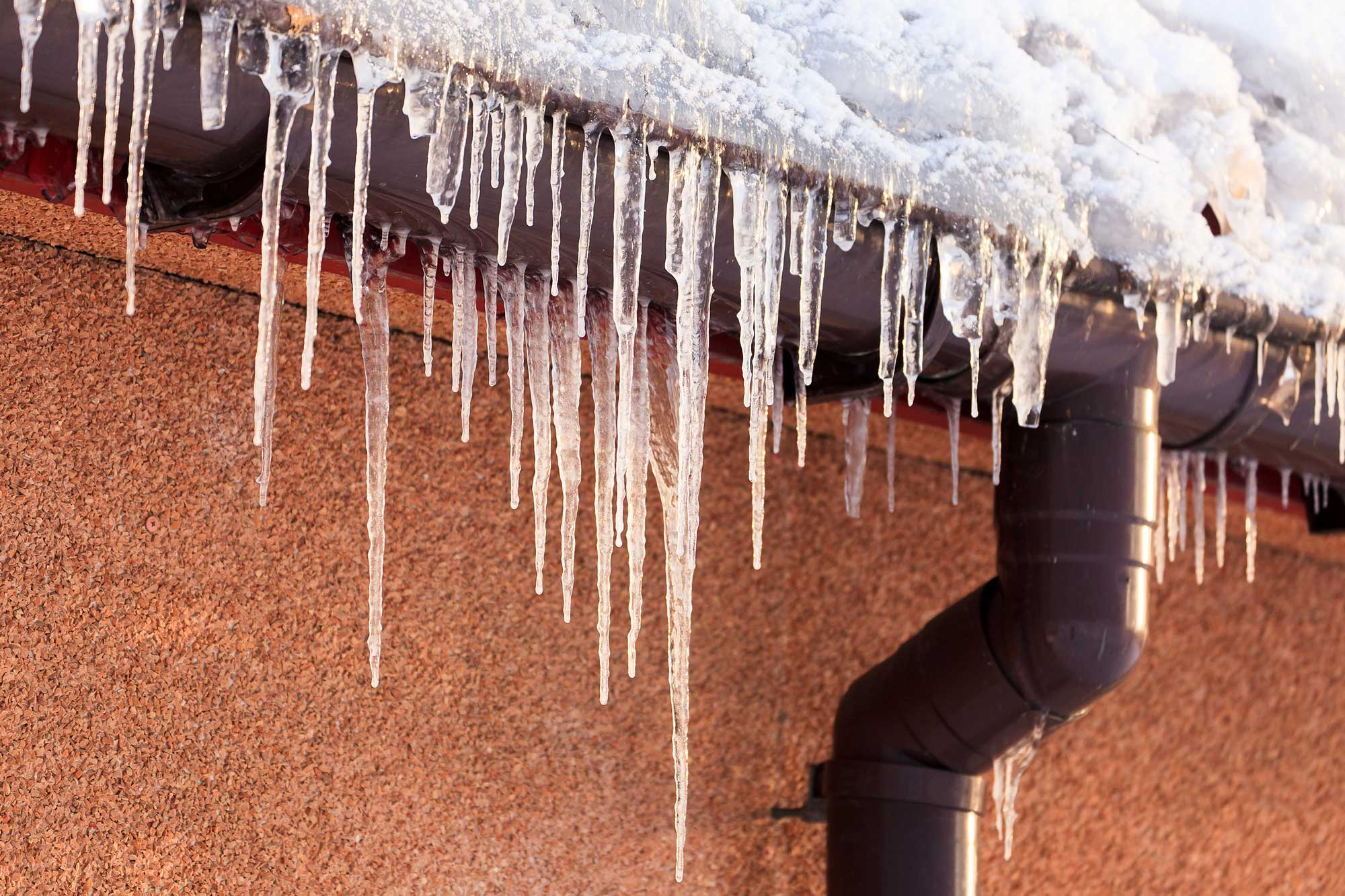Asphalt shingles are the most commonly used roofing material in North America—and for good reason. They’re affordable, durable, and come in a wide variety of styles and colors. But have you ever wondered how asphalt shingles are made?
Understanding the manufacturing process can help you appreciate what makes asphalt shingles so effective in protecting your home. In this blog, we’ll explore how asphalt shingles are made, from raw materials to finished roofing products, and what makes them such a reliable choice for Lancaster homeowners.
What Are Asphalt Shingles Made Of?
Before diving into the production process, let’s look at what goes into making an asphalt shingle. The typical asphalt shingle is a carefully layered product composed of:
- Base mat (fiberglass or organic felt)
- Asphalt coating
- Ceramic-coated mineral granules
- Sealant strips
These layers work together to create a water-resistant, wind-resistant, and UV-protective material that can last 20 to 30 years or more.
Step 1: Creating the Base Mat
The first step in how asphalt shingles are made involves forming the base mat, which serves as the shingle’s structural foundation. There are two main types:
1. Fiberglass Base Mat
Today, most shingles use a fiberglass mat, made from strands of glass fibers bonded together with resin. This mat is lightweight, fire-resistant, and highly durable.
2. Organic Base Mat (Less Common)
Organic shingles use a mat made from wood pulp, paper, or cellulose fibers. These are heavier and less fire-resistant than fiberglass shingles and are becoming less common.
The fiberglass mat is rolled onto large reels and fed through the production line to begin the layering process.
Step 2: Asphalt Saturation and Coating
Once the base mat is in place, the next step is asphalt saturation. This process involves saturating the mat with hot asphalt to waterproof it. The asphalt used is typically derived from refined crude oil and is treated for durability and weather resistance.
How Asphalt Enhances Performance:
- Adds waterproofing
- Protects against UV rays
- Improves shingle flexibility and adhesion
The mat is passed through a tank of hot asphalt, where it absorbs the liquid, creating a dense, resilient structure.
Step 3: Applying Mineral Granules
After the mat is coated with asphalt, it moves to the granule application stage. Ceramic-coated mineral granules are embedded into the hot asphalt surface to provide color, texture, and UV protection.
These granules are more than just decorative—they help extend the life of the shingle by shielding it from sunlight and weathering.
Types of Granules Used:
- Colored ceramic granules for appearance
- Algae-resistant granules to reduce streaking
- Reflective granules for energy-efficient shingles
Granules are applied while the asphalt is still hot, so they embed into the surface and stay securely in place. Excess granules are brushed off and recycled back into the process.
Step 4: Cooling and Cutting the Shingles
Once the asphalt and granules are in place, the shingle sheet passes through a cooling section where fans or water sprays reduce the temperature for handling.
After cooling, the shingle sheets are fed into precision cutting machines, which slice them into individual shingles with specific shapes, tabs, and sizes based on the product type (e.g., 3-tab, architectural).
A strip of adhesive sealant is also applied to the underside to help the shingles stick to one another on the roof. This adhesive activates with sunlight and heat, helping shingles resist wind uplift.
Step 5: Packaging and Quality Control
Before packaging, each batch of shingles undergoes rigorous quality control checks, including:
- Thickness measurements
- Weight checks
- Granule adhesion testing
- Visual inspections for color consistency and defects
Once approved, the shingles are stacked, bundled, and wrapped for shipment to roofing suppliers and contractors.
How Manufacturing Impacts Shingle Performance
Understanding how asphalt shingles are made highlights the reasons behind their popularity. Each layer and material serves a specific purpose in protecting your home:
- Fiberglass mat: Provides strength and fire resistance
- Asphalt coating: Offers waterproofing and flexibility
- Granules: Add UV protection and visual appeal
- Sealant strip: Helps resist wind damage
Together, these features make asphalt shingles a dependable choice, especially in regions like Lancaster, where weather conditions can vary dramatically throughout the year.

Are All Asphalt Shingles Made the Same Way?
While the basic process is similar across manufacturers, there are variations in materials, thickness, granule types, and sealing technology. Some premium shingles feature:
- Double or triple layers for added durability
- High-definition granule patterns for better curb appeal
- Impact-resistant ratings for hail-prone areas
- Algae-resistant coatings to prevent streaking
If you’re looking for shingles that offer higher performance, it’s worth exploring advanced options tailored to your home’s specific needs.
Sustainability and Recycling in Shingle Manufacturing
Many modern manufacturers are taking steps to make asphalt shingle production more sustainable. Some of these practices include:
- Recycling scrap material and excess granules
- Using energy-efficient machinery
- Recycling old shingles into road pavement
For more on sustainable building materials and recycling standards, visit the Environmental Protection Agency’s Sustainable Materials Management page.
Why Asphalt Shingles Are a Smart Choice for Lancaster Homes
Lancaster’s climate—featuring snow, rain, wind, and summer heat—demands a roofing material that can hold up year-round. Asphalt shingles are especially well-suited for homes in the area because they offer:
- Affordable installation
- Excellent weather resistance
- Quick and easy repairs
- A wide variety of color options
- Strong warranties from top manufacturers
They also offer a great return on investment, making them one of the most cost-effective roofing options available.
JMK Roofing Installs Top-Quality Asphalt Shingle Roofs
At JMK Roofing, we work with leading asphalt shingle manufacturers to provide Lancaster homeowners with roofing systems that are built to last. Our team is trained to install shingles to exact specifications, ensuring you get the full benefits of the product.
Whether you need a full roof replacement or repairs due to storm damage, our team is here to help—from product selection to expert installation.
Let’s Talk Shingles—And Your Roof
Now that you know how asphalt shingles are made, you can see why they’re such a popular and practical choice. They’re the result of a precise, engineered process designed to deliver long-lasting protection and performance.
Thinking about replacing your roof? Get a free estimate now and let our team help you find the right shingle for your home and budget.


